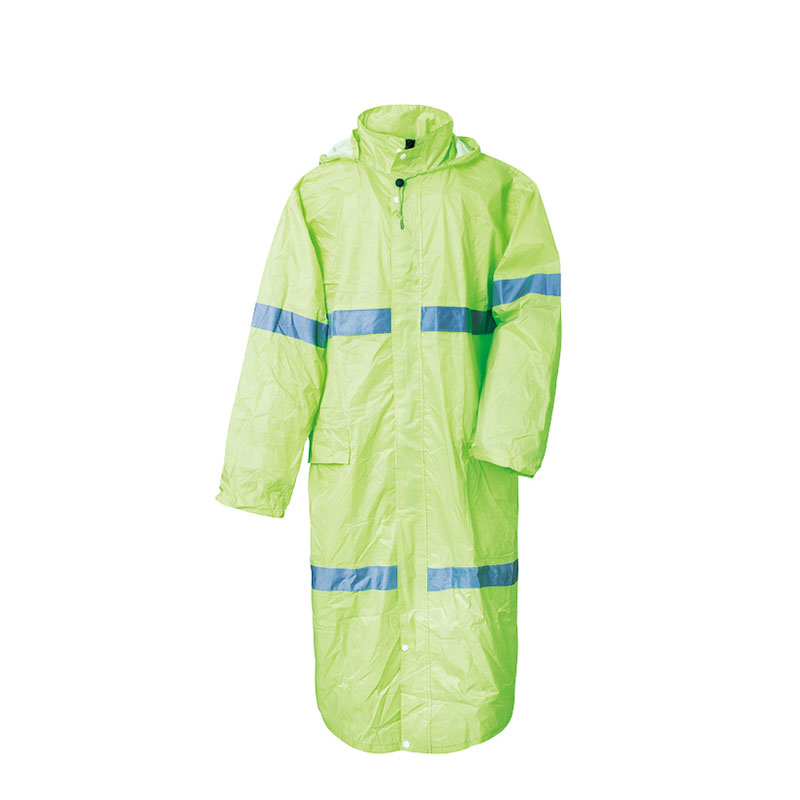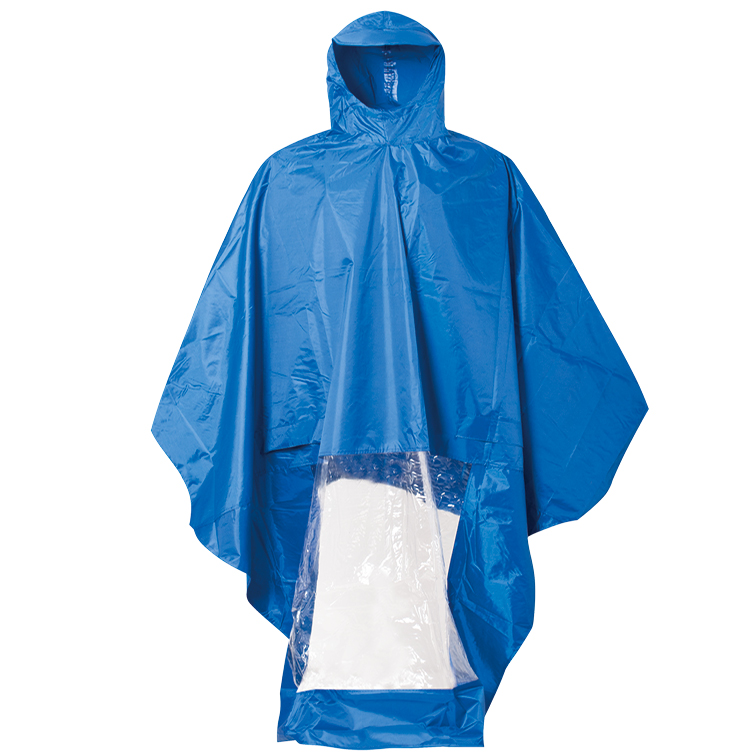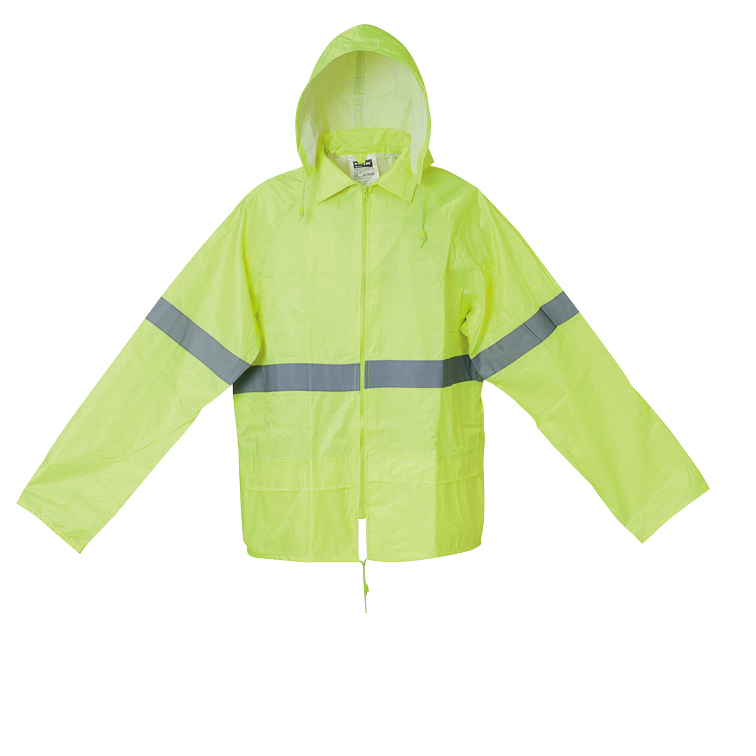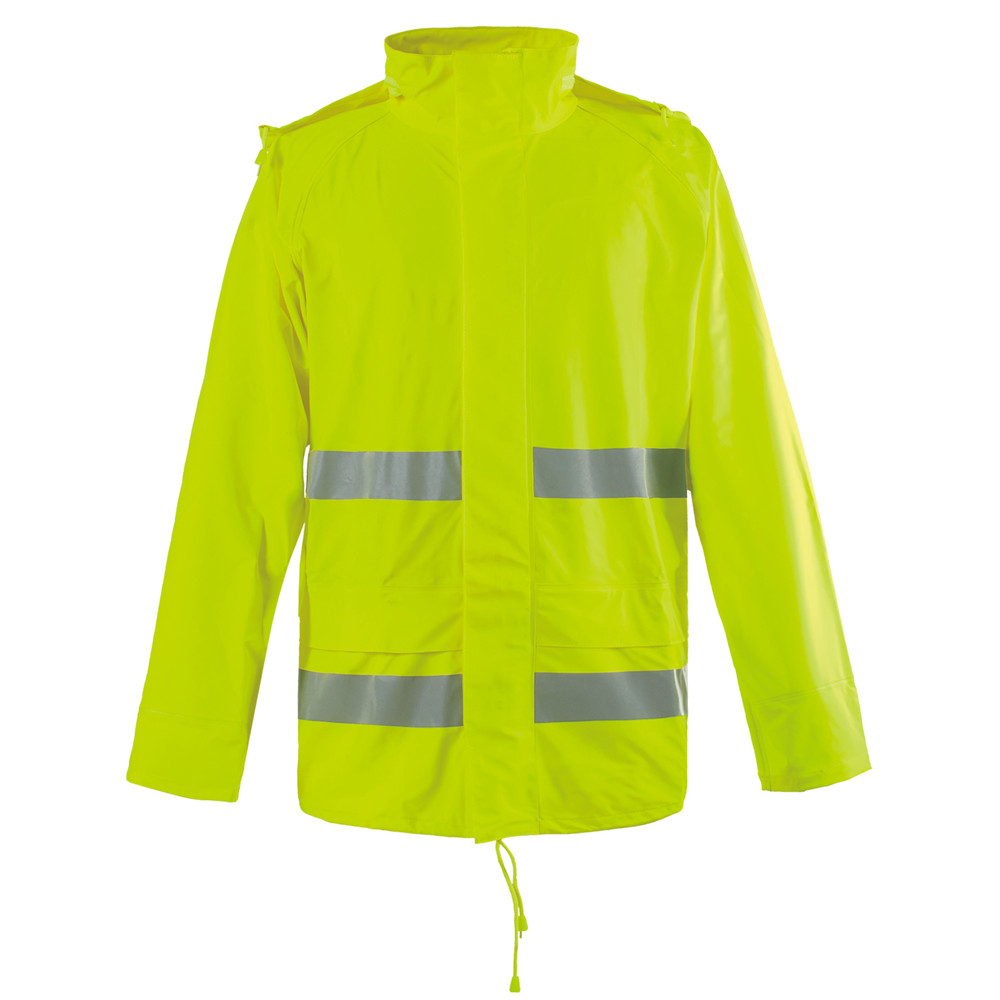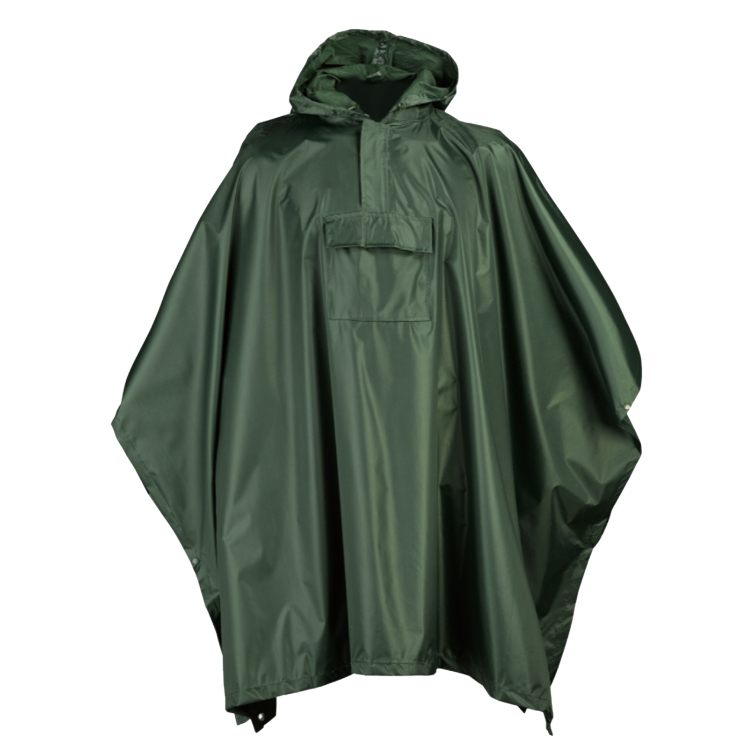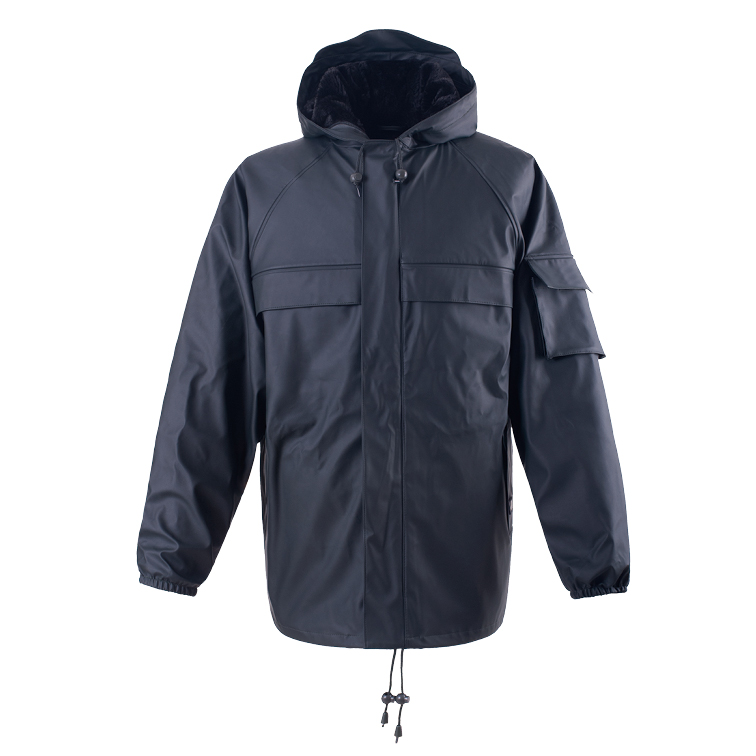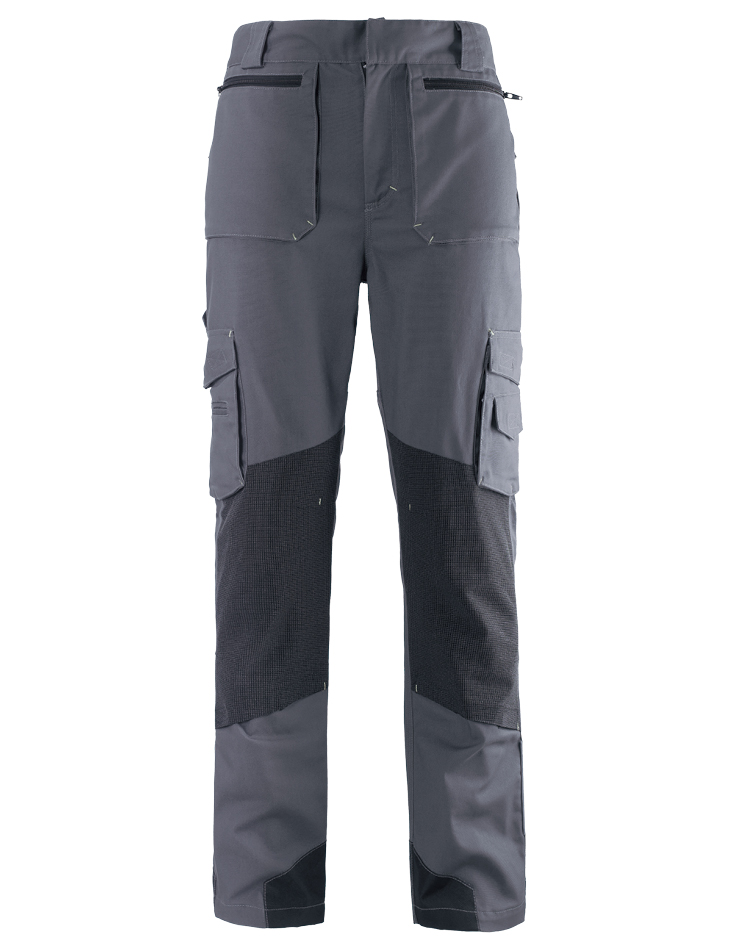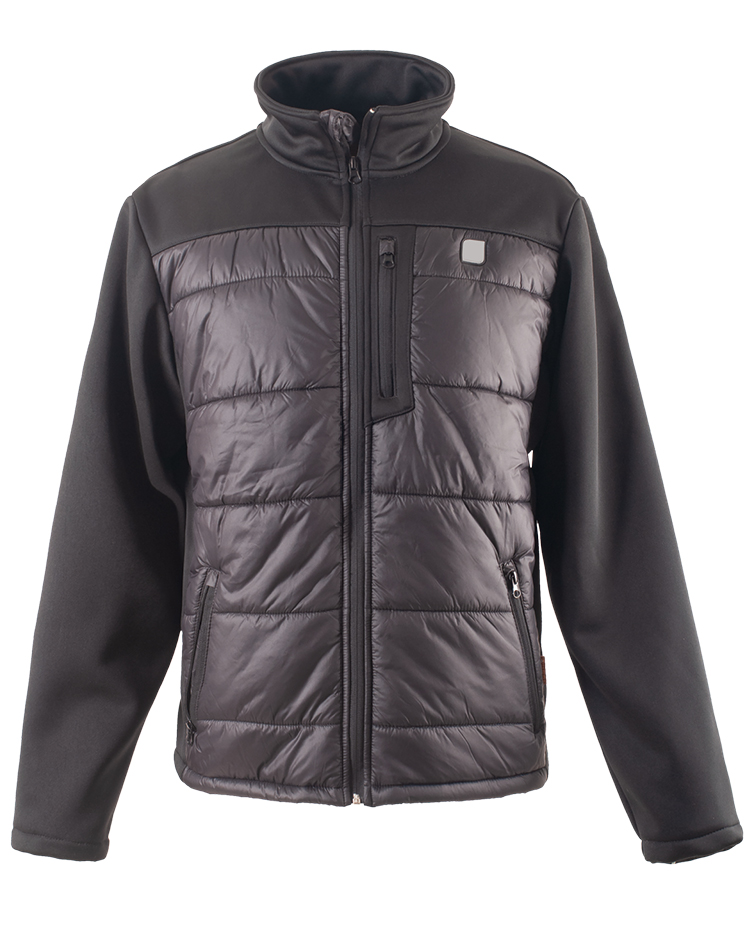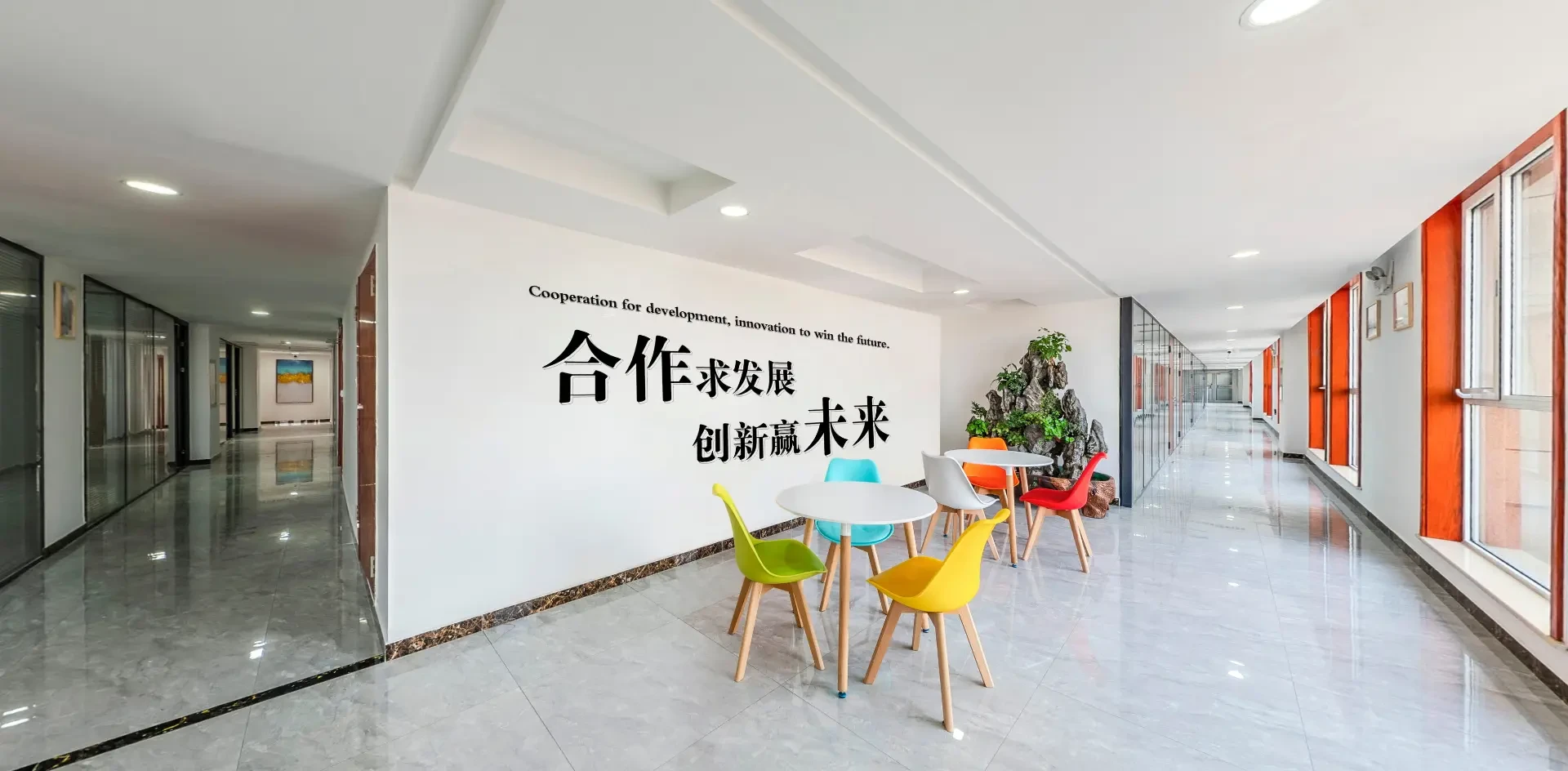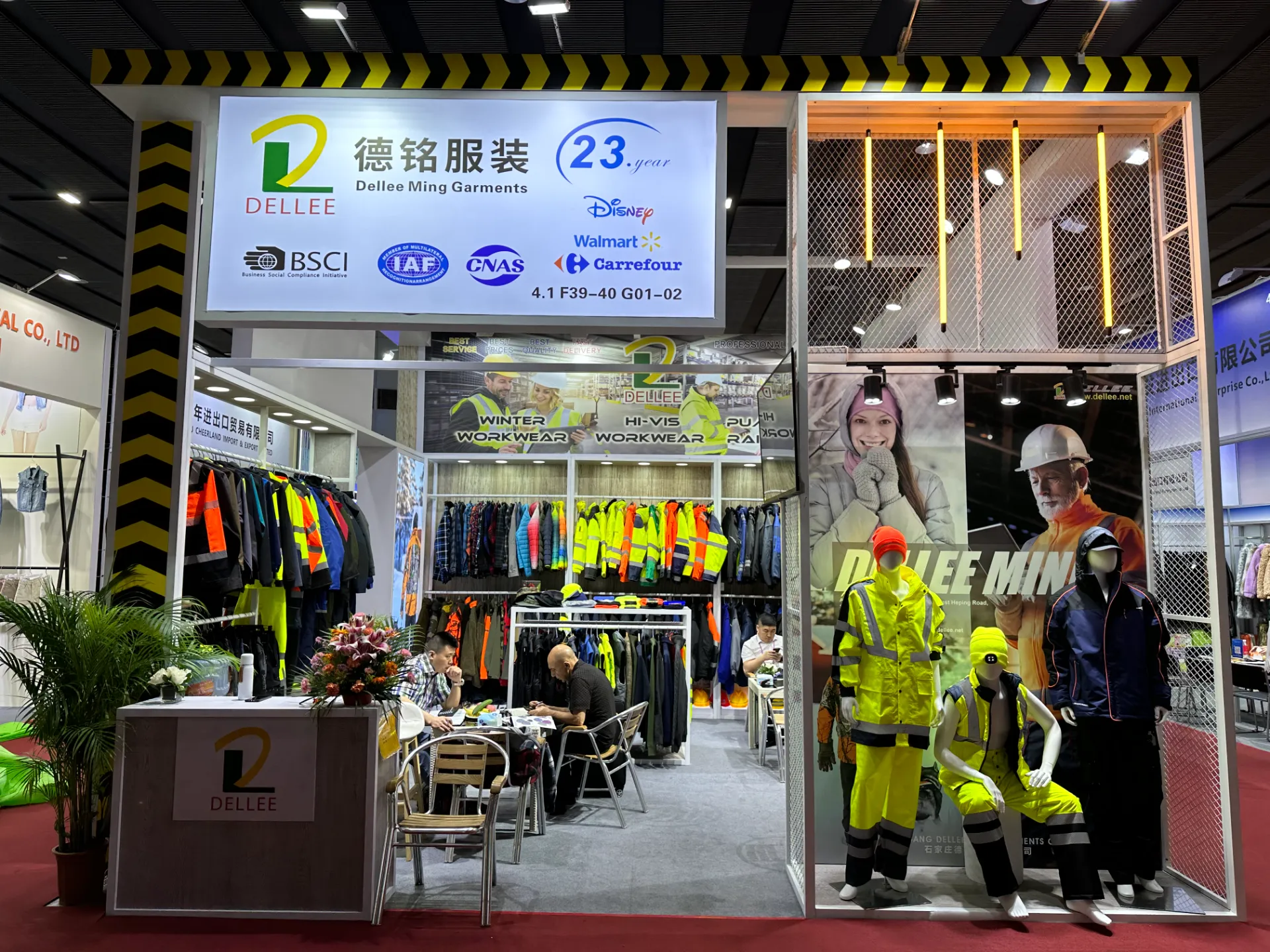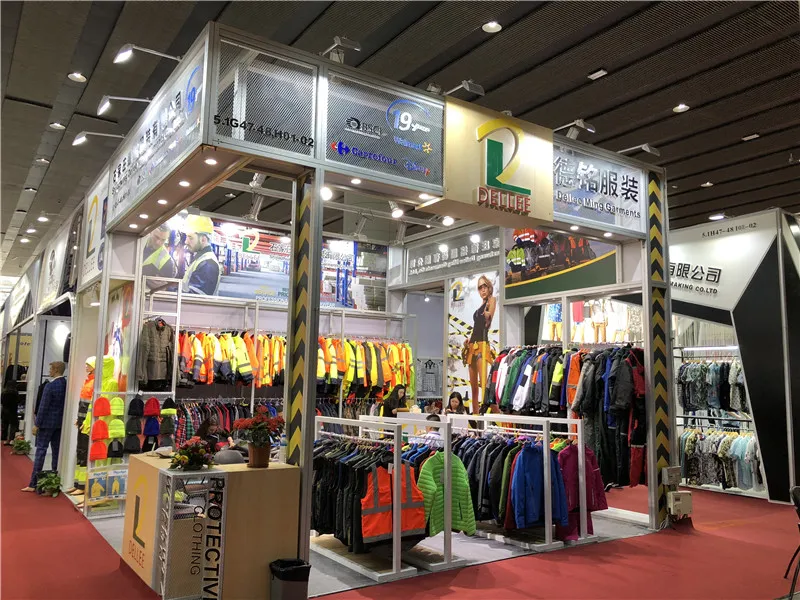Dear customers and friends:
Navigating the Advanced Landscape of Winter Jackets for B2B Applications
The global market for advanced thermal protective wear continues its robust expansion, driven by increasing demands from industrial sectors, outdoor professional services, and logistics companies operating in extreme climates. Specializing in high-performance outerwear, we observe a distinct trend towards multi-functional garments that offer adaptability, superior thermal insulation, and robust environmental protection. The modern winter jacket is no longer merely a cold-weather solution; it represents a sophisticated engineering feat, integrating cutting-edge materials and ergonomic design to meet rigorous professional standards. Manufacturers are prioritizing jackets that can withstand prolonged exposure to harsh conditions while ensuring wearer comfort and mobility, reflecting a clear shift towards specialized, durable, and versatile clothing solutions across diverse B2B segments.
This evolution is particularly evident in the demand for modular systems, such as the 3-in-1 design, which provides unparalleled flexibility for varying thermal requirements. Industry reports indicate a compounded annual growth rate (CAGR) of approximately 5.5% for the global winter clothing market from 2023 to 2030, underscoring the critical need for suppliers to innovate and provide solutions that not only protect but also enhance operational efficiency. Our analysis confirms that businesses are increasingly investing in technologically advanced outerwear to reduce employee downtime, mitigate health risks associated with cold stress, and comply with occupational safety regulations, solidifying the winter jacket as a strategic asset rather than just a utility item in modern enterprises.
The 3 In 1 Winter Jacket: A Technical Deep Dive into Modularity and Performance
The 3 In 1 Winter Jacket represents a pinnacle of adaptable thermal design, engineered to provide optimal protection across a spectrum of cold-weather environments. This system typically comprises two distinct garments: an outer shell jacket and an inner fleece or insulated liner, which can be worn independently or zipped together to form a comprehensive cold-weather system. The outer shell is commonly constructed from durable, weather-resistant fabrics such as polyester or nylon, often treated with a Durable Water Repellent (DWR) finish to shed moisture effectively. Critical to its performance are its waterproof and breathable membranes, often utilizing technologies like PU coating or advanced laminates, which prevent water ingress while allowing perspiration vapor to escape, maintaining wearer comfort and preventing chilling.
The inner component, often a mid-weight fleece or a jacket insulated with synthetic fibers like Thinsulate™ or recycled polyester, provides the primary thermal barrier. These insulations are selected for their high warmth-to-weight ratio, resilience in damp conditions, and hypoallergenic properties. The modularity of the parka jacket system allows users to customize their level of warmth and weather protection, making it ideal for industries where temperature conditions fluctuate significantly throughout a workday or across different operational zones. For instance, personnel moving between a heated warehouse and an outdoor loading dock can easily adjust their insulation, ensuring continuous thermal regulation and productivity. This inherent versatility underscores its value in sectors requiring agile and adaptive professional attire.
Precision Manufacturing Process: Ensuring Durability and Performance
The manufacturing of a high-performance cold jacket like the 3 In 1 system involves a meticulous, multi-stage process designed to ensure durability, functionality, and compliance with stringent quality standards. It begins with the precise selection of raw materials, including advanced shell fabrics, waterproof membranes, insulation materials, zippers (e.g., YKK for reliability), and seam sealing tapes. Material cutting is often automated using CNC fabric cutters to ensure high precision and minimize waste. Following cutting, critical components like zippers, pockets, and reinforcements are assembled using specialized industrial sewing machines, focusing on robust stitching techniques such as double-needle stitching for high-stress areas. Seam sealing is a crucial step for waterproof jackets; heat-activated tapes are applied over all stitched seams to prevent water penetration, a process vital for garments subjected to heavy precipitation.
Insulation is carefully inserted and quilted to prevent migration, ensuring uniform thermal distribution. The outer shell receives its DWR treatment, enhancing its water-shedding capabilities. Throughout the entire manufacturing cycle, rigorous quality control checkpoints are implemented. This includes raw material inspection, in-process quality checks for stitching integrity and seam sealing, and final product testing. Performance validation typically involves hydrostatic head testing (ISO 811 or AATCC 127) to measure waterproofness, breathability testing (ASTM E96 or JIS L1099), and cold chamber testing to simulate real-world thermal performance. Adherence to international standards such as ISO 9001 for quality management systems and OEKO-TEX Standard 100 for textile safety ensures that each snow jacket meets the highest benchmarks for safety, environmental responsibility, and functional performance, guaranteeing an extended service life and consistent protection for industrial and outdoor professionals.
Technical Advantages and Performance Metrics for Industrial Applications
The technical advantages of a well-engineered winter jacket for B2B applications extend beyond mere warmth, encompassing critical performance metrics vital for operational efficiency and worker safety. Advanced material composites offer exceptional abrasion resistance, crucial for personnel in construction, logistics, or field maintenance roles. The integration of high-visibility elements, conforming to ANSI/ISEA 107 or EN ISO 20471 standards, enhances safety in low-light conditions, preventing accidents. Furthermore, ergonomic design ensures unrestricted movement, an essential factor in tasks requiring manual dexterity or physical exertion, such as operating machinery or handling materials. The breathability of the fabric, measured in Moisture Vapor Transmission Rate (MVTR), is paramount, preventing internal condensation and subsequent chilling, thus maintaining core body temperature and comfort during strenuous activity.
Manufacturers increasingly focus on solutions that balance superior waterproofing with optimal breathability, crucial for preventing moisture buildup inside the garment. For instance, a minimum hydrostatic head rating of 10,000 mm and an MVTR of 10,000 g/m²/24hr are often considered baseline for professional-grade outerwear. These jackets provide not only protection against cold and wet elements but also contribute significantly to reducing fatigue and increasing productivity by maintaining a stable microclimate around the wearer. The longevity of these garments, often exceeding 5-7 years with proper care, represents a significant return on investment for businesses seeking durable and reliable solutions for their workforce in challenging environments.
Key Performance Parameters for Winter Jackets
| Parameter | Description | Typical Range (Professional Grade) | Relevant Standard |
|---|---|---|---|
| Waterproof Rating (Hydrostatic Head) | Measures the pressure of water a fabric can withstand before leaking. Crucial for protection in rain/snow. | 10,000 mm to 20,000 mm+ | ISO 811, AATCC 127 |
| Breathability (MVTR) | Measures how much moisture vapor can pass through the fabric. Prevents sweat buildup and chilling. | 10,000 g/m²/24hr to 20,000 g/m²/24hr+ | ASTM E96, JIS L1099 |
| Thermal Insulation (Clo Value) | Quantifies a garment's thermal resistance. Higher Clo value indicates better insulation. | 1.0 - 4.0 Clo (depending on intended temp range) | ASTM D1518, ISO 9920 |
| Abrasion Resistance | Fabric's ability to withstand rubbing and wear. Essential for industrial durability. | 50,000+ Martindale cycles | ISO 12947 (Martindale Test) |
Diverse Application Scenarios and Enhanced Productivity
The versatility of a robust snow jacket makes it indispensable across a multitude of professional environments where cold or challenging weather conditions are prevalent. In the construction industry, where workers face exposure to wind, rain, and snow on job sites, these jackets provide essential thermal protection and weather resistance, significantly reducing instances of cold-related illness and improving focus. For logistics and transportation professionals, especially those engaged in cold chain management or long-haul deliveries in varied climates, a reliable winter jacket ensures comfort during loading, unloading, and maintenance tasks, contributing to operational continuity. Utilities and infrastructure maintenance crews, often working outdoors regardless of weather, benefit from the durability and protective features against environmental elements and potential hazards.
Furthermore, the adaptability of a 3-in-1 design is highly valued in scenarios requiring varying levels of insulation, such as agricultural settings, event management, or even emergency services personnel working in fluctuating temperatures. By maintaining optimal body temperature, these jackets directly contribute to heightened productivity, reduced absenteeism due to cold exposure, and improved overall morale. For example, a major energy company reported a 15% increase in winter fieldwork efficiency after equipping its teams with high-performance cold jacket solutions, demonstrating the tangible return on investment from specialized protective apparel. The integrated features like multiple pockets for tools, adjustable cuffs, and helmet-compatible hoods further enhance their utility in demanding professional contexts.
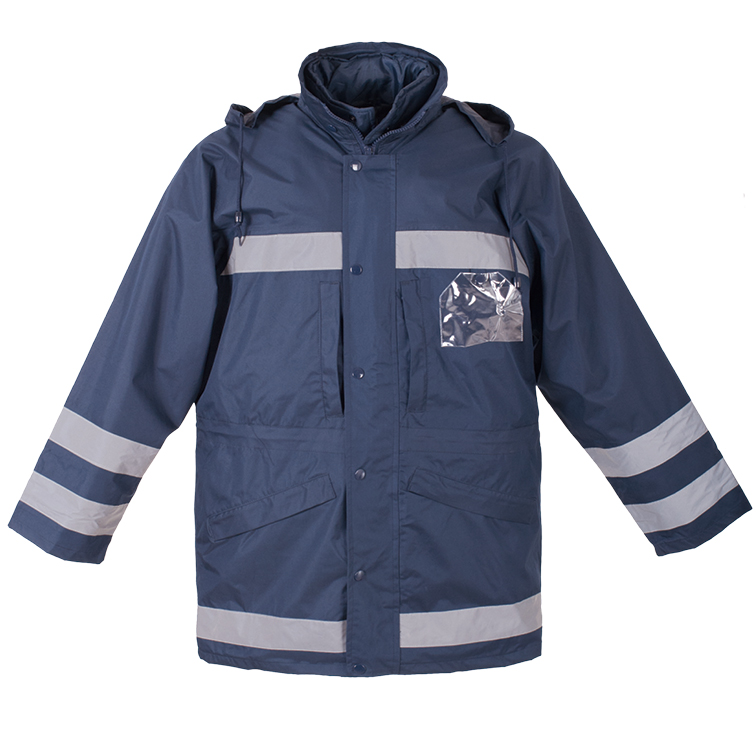
Customization Solutions and OEM/ODM Partnerships
Recognizing the diverse and specific needs of B2B clients, leading manufacturers offer comprehensive customization and partnership solutions, including Original Equipment Manufacturing (OEM) and Original Design Manufacturing (ODM) services for winter jacket ranges. OEM capabilities allow clients to brand existing jacket designs with their company logos, select specific color schemes, and incorporate minor functional adjustments, such as additional pockets or specialized badge holders. This ensures brand consistency and professional appearance across the workforce while leveraging proven product designs. ODM services, on the other hand, provide a more extensive collaborative approach, where manufacturers work closely with clients to develop entirely new jacket designs from concept to production, tailored to unique operational requirements, environmental challenges, or specific regulatory compliance needs.
For instance, a client operating in extreme arctic conditions might require jackets with enhanced insulation properties, specialized fabric treatments for oil and gas resistance, or integrated heating elements, which can be achieved through an ODM partnership. This bespoke approach ensures that the resulting parka jacket is optimized for niche applications, providing a competitive edge and superior protection. Such partnerships typically involve detailed consultation, CAD design, prototyping, rigorous testing, and phased production to ensure the final product meets all technical specifications and performance benchmarks. The ability to customize not only promotes a unified corporate identity but also directly addresses specific safety, comfort, and durability concerns, ultimately enhancing worker performance and brand perception within the industry.
Navigating Manufacturer Comparison and Selection Criteria
Selecting the right manufacturer for bulk procurement of winter jacket solutions is a critical decision for B2B entities, requiring careful consideration beyond initial cost. Key criteria for evaluation should include a manufacturer's proven track record in technical outerwear, their adherence to international quality and safety standards (e.g., ISO 9001, CE, ASTM, EN standards), and their capacity for sustainable and ethical manufacturing practices (e.g., Bluesign, OEKO-TEX certifications). It is crucial to assess their material sourcing policies, ensuring that components are responsibly procured and meet performance specifications. Furthermore, a manufacturer's R&D investment signals their commitment to innovation and their ability to integrate the latest advancements in textile technology and ergonomic design into their product lines.
Beyond product specifications, evaluate the manufacturer's operational capabilities, including production volume flexibility, lead times for large orders, and after-sales support. Requesting product samples for in-house testing and conducting site visits to manufacturing facilities can provide invaluable insights into their production quality and operational transparency. For businesses with complex or unique requirements, prioritize manufacturers offering robust customization (OEM/ODM) services and dedicated technical support. Ultimately, the objective is to forge a partnership with a manufacturer that not only delivers high-quality, performance-driven winter jacket products but also acts as a reliable, long-term strategic partner capable of adapting to evolving industry demands and ensuring continuous worker protection and satisfaction.
Quality Assurance, Certifications, and Trustworthiness
In the B2B sector, the trustworthiness and reliability of protective apparel suppliers are paramount. Our commitment to excellence is evidenced by stringent quality assurance protocols and adherence to globally recognized certifications. We operate under an ISO 9001 certified quality management system, ensuring consistency in production processes and product quality from raw material inspection to final garment assembly. All materials used in our winter jacket and snow jacket products are tested against relevant ASTM and EN standards for critical parameters such as tear strength, tensile strength, colorfastness, and water repellency. Furthermore, our textiles meet OEKO-TEX Standard 100, certifying that they are free from harmful substances and safe for human contact, which is crucial for garments worn for extended periods.
Our long-standing relationships with leading textile suppliers and component manufacturers, some spanning over a decade, reflect a shared commitment to quality and innovation. We regularly conduct third-party audits and performance tests to validate our products' claims, providing comprehensive data sheets for technical buyers. This rigorous approach not only builds confidence but also ensures compliance with occupational safety regulations across various industries. Client testimonials consistently highlight the exceptional durability and performance of our cold jacket solutions in real-world industrial environments, underscoring our authoritative position and unwavering dedication to delivering reliable, high-performance protective wear that businesses can trust.
Frequently Asked Questions (FAQs), Delivery, and Warranty
FAQs
-
Q: What is the average lifespan of a professional-grade winter jacket?
A: With proper care and maintenance, a high-quality professional winter jacket can last anywhere from 5 to 7 years, or even longer, depending on the intensity of use and the specific environment. Our jackets are built with durable materials and reinforced stitching to maximize longevity in demanding industrial conditions.
-
Q: Are your jackets suitable for extreme sub-zero temperatures?
A: Yes, our specialized cold jacket models, particularly those featuring advanced synthetic insulations, are designed and tested for performance in extreme cold, often rated for temperatures down to -30°C (-22°F) or lower, depending on the specific model and layering system. Refer to individual product specifications for precise temperature ratings.
-
Q: How do you ensure the waterproof integrity of your snow jackets?
A: We employ a multi-layered approach to waterproofing. This includes using fabrics with high hydrostatic head ratings (e.g., 15,000mm+), applying a durable water repellent (DWR) finish to the outer fabric, and critically, seam-sealing all stitched seams with waterproof tape. Each batch undergoes rigorous testing to ensure it meets our specified waterproof standards.
Delivery and Warranty Information
Our standard delivery timeframe for bulk orders of winter jacket products typically ranges from 4 to 8 weeks, depending on order volume, customization requirements, and current production schedules. We offer expedited shipping options for urgent requirements and manage logistics to ensure timely and efficient delivery worldwide. Each parka jacket comes with a comprehensive 2-year manufacturer's warranty covering defects in materials and workmanship. This warranty underscores our confidence in the durability and quality of our products, providing B2B clients with peace of mind and assurance of their investment. Our dedicated customer support team is available to assist with any inquiries regarding product selection, order status, or warranty claims, ensuring a seamless experience from procurement to post-purchase support.
Conclusion
The modern winter jacket transcends its basic function, evolving into a critical piece of technical equipment for B2B applications. By integrating advanced materials, modular designs like the 3-in-1 system, and precision manufacturing, these garments deliver unparalleled protection, comfort, and adaptability in challenging environments. Manufacturers capable of meeting rigorous technical specifications, providing robust customization options, and demonstrating unwavering commitment to quality and sustainability are vital partners for businesses seeking to optimize worker performance and safety. Investing in high-performance winter outerwear not only safeguards personnel but also enhances operational continuity, leading to measurable improvements in productivity and a strong return on investment. The continuous innovation in this sector promises even more advanced solutions for the future, further solidifying the role of specialized protective apparel in industrial and outdoor professional contexts.
References
- ISO 9001:2015 Quality Management Systems – Requirements. International Organization for Standardization.
- OEKO-TEX Standard 100. International Association for Research and Testing in the Field of Textile and Leather Ecology.
- ASTM D1518: Standard Test Method for Thermal Resistance of Batting Used as Filling Materials in Articles of Apparel. ASTM International.
- ANSI/ISEA 107-2020: American National Standard for High-Visibility Safety Apparel and Accessories. International Safety Equipment Association.
- Textile Industry Market Size, Share & Trends Analysis Report. Grand View Research. (Data for market growth).
Post time: Aug . 12, 2025 06:20

